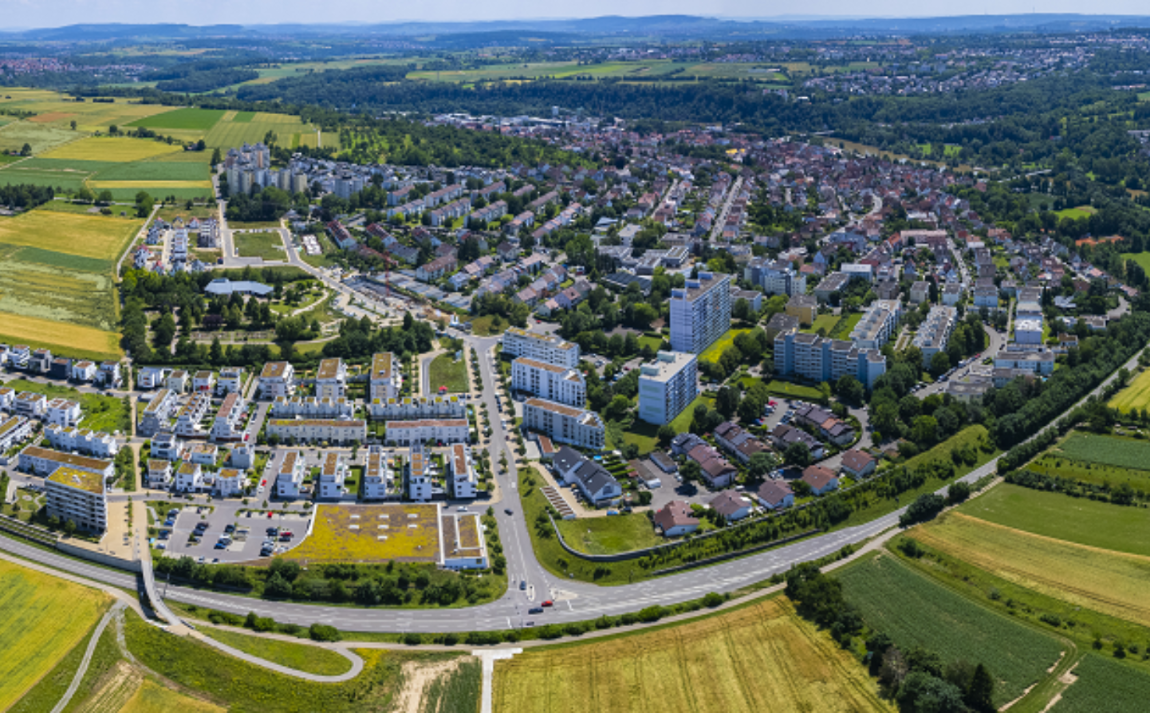- 关于我们
- 数据网络
- 通信基础设施
- 产品
-
资源中心
- 资源中心
- 文件中心
- Blog
-
成功案例
- Overview
- Innoasis development in Norway
- Eemsdelta Campus
- Hotelschool The Hague
- Emergency covid hospital, Hong Kong
- Société du Grand Paris
- Centrin Datacentres
- Airbus
- Athens Historic City Hall
- Pinewood Studios
- Goethe University Frankfurt
- Denmark New University Hospital
- 图卢兹大学
- CHM Maubeuge: a model for future-ready hospitals
- 英文博客
- 软件工具
- 质保
- 新闻及动态
- 查找
- 联系我们
- Compare
- 登录
通信
A look at current trends in FTTx


Demand for fibre networks will continue to grow at a steady pace, largely driven by Altnet and incumbent rollouts, and the infrastructure needs of developments such as 5G and IoT. People everywhere have become used to remote working during the pandemic, which will have lasting effects. What do you need to bear in mind in order to keep up with the demands of new technologies, platforms, and users without losing sight of Total Cost of Ownership?
A closer look at key trends affecting FTTx
Today, three billion internet users worldwide are looking for faster connectivity and adopting new services, - and that number is growing fast. Estimates vary between $15-$30Bn by 2027. According to a June 2022 report from MarketWatch(1), the global FTTx market is projected to reach US$ 15Bn by 2027, from US$ 9,4Bn in 2020. A BusinessWire report states that the global Fibre To The Home/Building (FTTH/B) market will reach US$29.7 bn by 2026(2). In March 2022, Analysis Mason claimed that "45% of all premises worldwide will subscribe to a Fibre To The Premises (FTTP) connection by 2027(3)." The FTTH Council Europe’s latest Market Panorama show that fibre roll-out is steadily advancing at an increasingly faster pace(4). Telcos are augmenting network capacity with fibre and as a result FTTx deployment is currently in its largest investment cycle ever.
Ongoing convergence
Wireless and wired connectivity continue to merge, and without a fibre backbone powering the small cells needed to eliminate bottlenecks, there can be no 5G. Fibre networks will need to reach antenna masts, requiring a far greater number of access points and fibre connections. Predictions vary, but there’s a clear consensus: vast numbers of small cell sites and additional fibres are required to bring 5G across the EU, for example. Fibre makes it possible to meet fast-growing 5G speed requirements using one single network while maximising the use of system assets and improving ROI. Various studies have shown that 5G and FTTx are complementary solutions that can share network infrastructure, which increases efficiency and brings cost improvements.
Other types of network are also converging, with fibre as the underlying platform. Building in ample capacity for 5G when rolling out fibre is vital, especially considering the fact that in the future, fibre network convergence will extend far beyond FTTx and 5G and increasingly incorporate smart cities, autonomous traffic, Internet of Things, data centres and more.
Rollout efficiency needs
Demand for fibre in rural and underserved areas continues to grow, along with fibre requirements for Fibre-to-the-Antenna installations. New financing models are being introduced to make this possible, but deployment costs need to be kept to a minimum whilst ensuring quality and reliability is maintained . As a result there’s a marked demand for faster, easier, more cost-effective rollouts. Every item used in the field needs to be extremely rugged and capable of resisting anything from moisture ingress, chemical effects and extreme temperatures, while being easy to install with minimal training and affordable. The effects of human error should be minimalized, too. This will drive numerous smart approaches to modularity, as well as the use of new technologies, materials, testing strategies and processes. Increased efficiency and modularity will also remain essential when it comes to dealing with the global supply chain issues the industry has been dealing with in recent years,.
Density continues to increase, allowing providers to get even more out of crowded ducts and avoid the need for new civil works wherever possible.
Home connectivity increasingly important
Traditionally, the role of fibre installers and operators stopped at the moment a fibre would enter a building. However, fibre deployment doesn’t stop at the front door. Consumers use services, not 'fibre', and there’s a growing realisation that the user experience of in-building broadband networks is largely determined by linking fibre to indoor infrastructure such as CAT-5e/6 cabling and Wi-Fi. That’s a huge challenge, because in-building networks aren’t standardised like outside plant networks. Equipment in the access network is standards-compliant and extensively tested, but indoors, any kind of device could be installed, and not necessarily by someone with a technical background.
Communication Service Providers (CSPs) are increasingly understanding that ‘outside’ and ‘inside’ infrastructure needs to be managed and considered as a whole in order to offer the right kind of user experience. When in-building infrastructure is fully optimised, it becomes possible to deliver and manage new, personalised services over the infrastructure.
Growing digitalisation and integration
The processes involved in FTTx network design, rollout, and optimisation are increasingly becoming digitised. This covers everything from geo-analytics, LiDAR (Light Detection and Ranging for 3D modelling), physical network inventory and construction management to Operation Support and Business Support Systems.
We’re also seeing numerous developments in the areas of monitoring and management of network components. Outdoor FTTX cabinets are exposed to considerable risk: apart from extreme environmental conditions, human actions – either deliberate or accidental – can pose a threat. Without robust, durable, tamper-proof housing, it would simply be impossible to maintain broadband services. However, these solutions shouldn’t hamper legitimate, authorised access to cabinets at different times, for different reasons. It’s also important to have a continuous insight into the current status of the cabinet.
Nexans has developed an innovative solution to these challenges: INFRABIRD™, the intelligent keyless access and internet of things (IoT) supervision system, can turn passive cabinets into smart, cloud-connected assets. NFC tags, using wireless radio communications, on mobile devices can provide access to everything from hardware to product information and manuals, without the need to collect physical keys.
More focus on sustainability
As the need for more devices and network equipment grows, many companies and end-users will wonder how this can be realized while also keeping a close eye on sustainability. On the one hand, there’s a need for more devices, network equipment, and civil works, while on the other hand environmental goals and legislation are more stringent than ever. As a result, the sustainable properties of fibre are seen as more important than ever. Fibres are light and thin, which means lower transport emissions, and the required raw materials (silicate) are available in practically unlimited quantities and can be extracted or recycled at a reasonable cost. A study by the German Umweltbundesamt (Environmental Agency) shows that the CO2 emissions per hour of video streaming for FTTH are just half of that of the fastest copper network(5). Germany’s leading broadband association BREKO concluded fibre networks consume up to 17 times less power than copper networks(6). According to the FTTH Council Europe, switching from copper to fibre has significant environmental benefits, as fibre networks emit 88% less greenhouse gas per Gigabit than legacy technologies(7).
Data consumption rates continue to grow exponentially at home, in the office, and on the move. As systems merge, user needs develop, building usage changes, and numerous new devices and technologies are introduced, demands on FTTx networks are changing fast. Nexans Telecom Systems can help introduce the flexibility and redundancy required to make sure your network remains up to the task. As each network is different, we do this on the basis of your specific requirements and business goals. Feel free to get in touch and discuss your needs!
Categories
我们的网站
选择你的国家查找我们的产品和解决方案
-
Africa
- Africa
- Ghana
- Ivory Coast
- Morocco
- North West Africa
- Americas
- Asia
- Europe
- Oceania
